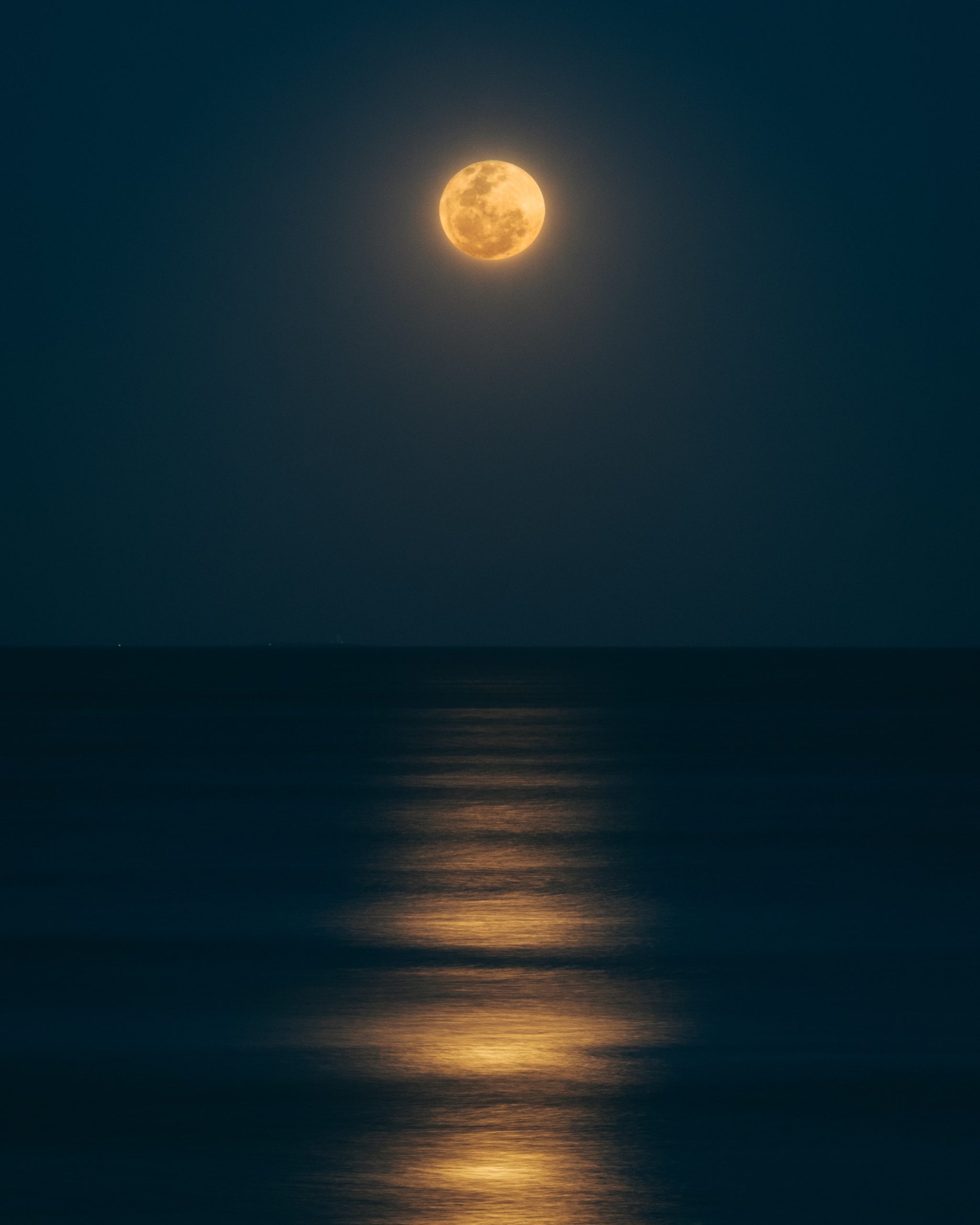Solar and Lunar Eclipses
Eclipses have fascinated humans for centuries. These celestial events, where the alignment of the Sun, Moon, and Earth result in shadows cast upon each other, are captivating and often inspire a sense of awe. Two types of eclipses occur: solar eclipses and lunar eclipses. In this blog post, we will delve into the details of both types, exploring their causes, characteristics, and the wonder they bring to the night sky.
Solar Eclipses
During a solar eclipse, the Moon comes between the Earth and the Sun, casting a shadow over a portion of the Earth’s surface. This remarkable occurrence happens when the Moon’s orbit aligns in such a way that it intersects the Earth’s orbit around the Sun, resulting in their paths crossing.
There are three types of solar eclipses:
- Total Solar Eclipse: This occurs when the Moon completely obscures the Sun from view, creating a breathtaking spectacle of a darkened sky during the day. The Moon’s shadow, called the umbra, falls on the Earth, and only observers within the path of totality can witness this phenomenon. The path of totality is typically narrow, but it moves across the Earth’s surface during the eclipse. Outside the path of totality, observers witness a partial solar eclipse.
- Partial Solar Eclipse: During a partial solar eclipse, the Moon does not completely cover the Sun. Instead, it blocks only a portion of the solar disk, resulting in a crescent-shaped Sun. For observers outside the path of totality, this is the most common type of solar eclipse they may experience.
- Annular Solar Eclipse: An annular solar eclipse occurs when the Moon aligns with the Sun but doesn’t completely cover it. As a result, a bright ring, known as an annulus, is visible around the Moon during maximum eclipse. This happens because the Moon is near its apogee, the farthest point in its orbit from Earth. Similar to the total eclipse, the path of annularity is also narrow, and the rest of the observers witness a partial eclipse.
The occurrence of a solar eclipse is relatively rare and quite precise in terms of the alignment of the Sun, Moon, and Earth. However, every year there are typically two to five solar eclipses, with varying degrees of visibility across different regions of the Earth.
Lunar Eclipses
A lunar eclipse takes place when the Earth passes between the Sun and the Moon, casting a shadow on the Moon’s surface. Unlike solar eclipses, lunar eclipses are visible from a broader region on Earth as they occur when the Moon is on the opposite side to the Sun in relation to the Earth.
There are three types of lunar eclipses:
- Total Lunar Eclipse: During a total lunar eclipse, the Earth completely blocks direct sunlight from reaching the Moon, causing the Moon to take on a reddish or copper hue. This phenomenon is often referred to as a “blood moon.” Total lunar eclipses are visible from any location on Earth where the Moon is above the horizon.
- Partial Lunar Eclipse: A partial lunar eclipse occurs when only a part of the Moon enters the Earth’s shadow. In this case, the Moon does not darken entirely, but rather a section of it appears darker than the rest.
- Penumbral Lunar Eclipse: This type of lunar eclipse occurs when the Moon passes through the Earth’s penumbra, the outer part of the shadow where the Sun is only partially blocked. During a penumbral lunar eclipse, the Moon appears slightly dimmer but does not encounter the Earth’s full shadow, so the effect is less pronounced.
Unlike solar eclipses, lunar eclipses happen more frequently. On average, there are between two to four lunar eclipses each year. The reason for their more frequent occurrence is that the Earth’s shadow is much larger compared to the Moon’s shadow.
Observing Solar and Lunar Eclipses
Observing eclipses directly requires precautions to protect your eyes. Looking directly at the Sun during a solar eclipse can cause serious eye damage or even blindness. Special solar filters, such as certified eclipse glasses or solar viewing telescopes, must be used to safely observe the Sun.
On the other hand, lunar eclipses can be enjoyed without specialized equipment. They are visible to the naked eye from the areas where the eclipse is taking place, given suitable weather conditions. The reddish glow that accompanies a total lunar eclipse can create a stunning visual display.
It’s worth noting that the visibility of both solar and lunar eclipses differs depending on your location. Full or partial visibility depends on whether you are within the range of the eclipse’s path or the area of penumbra or umbra cast by the Moon or Earth.
Conclusion
Solar and lunar eclipses are extraordinary celestial events that remind us of the vastness and beauty of the universe. From the dramatic darkened sky during a total solar eclipse to the captivating red glow during a lunar eclipse, these phenomena have fascinated and inspired people throughout the ages. While they occur with varying frequency, witnessing an eclipse firsthand is a truly awe-inspiring experience that connects us to the wonders of our solar system.
Table of Contents
